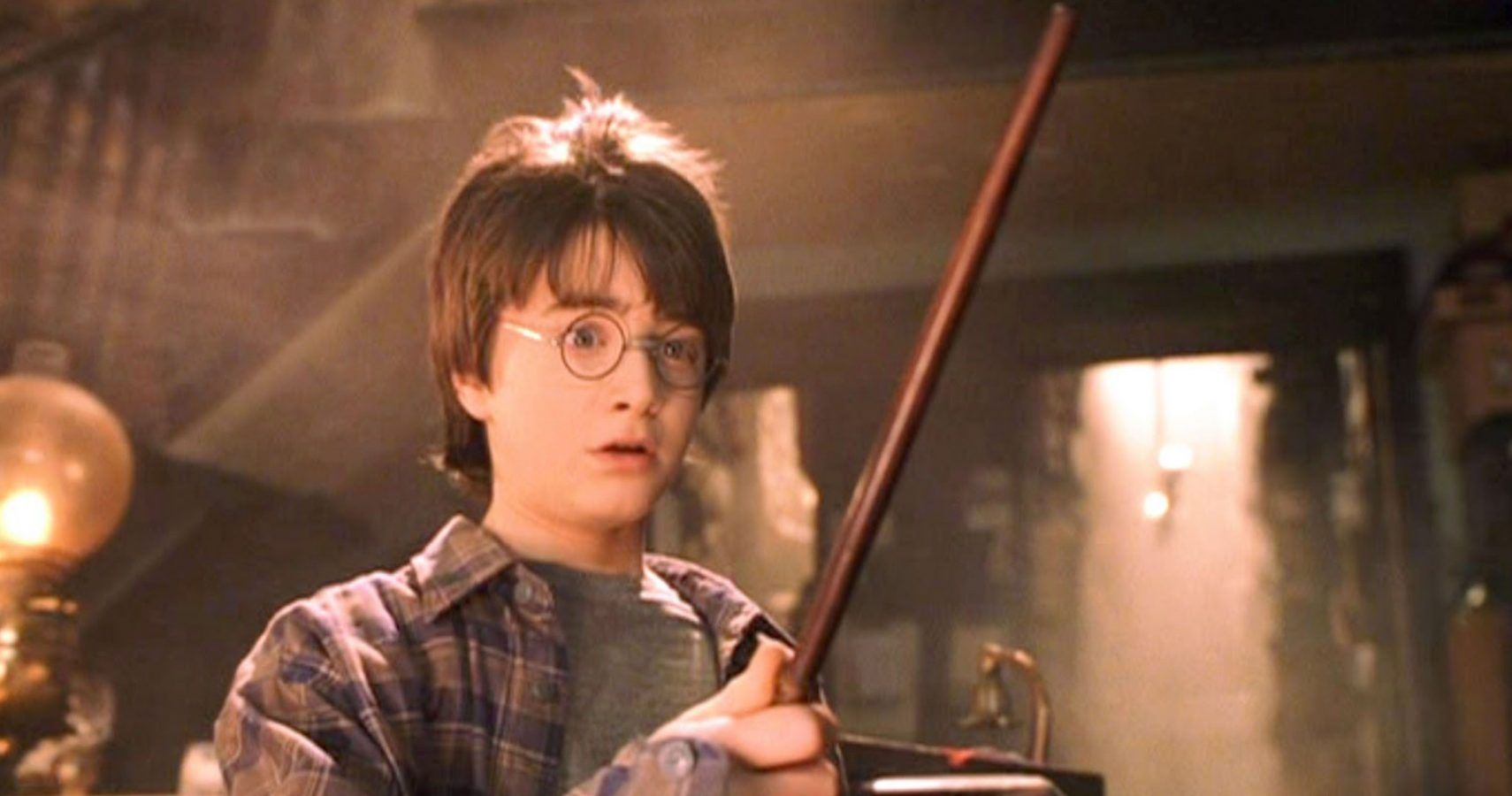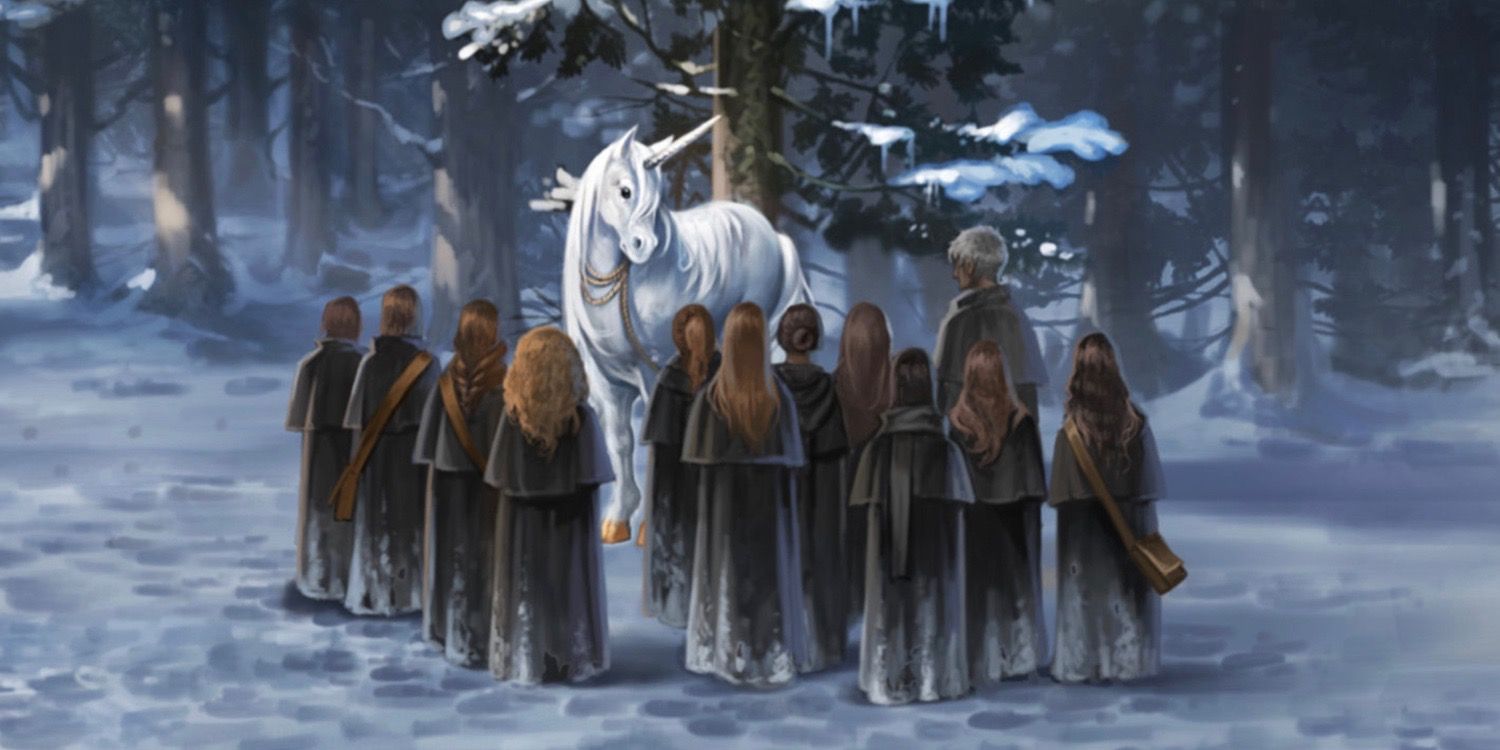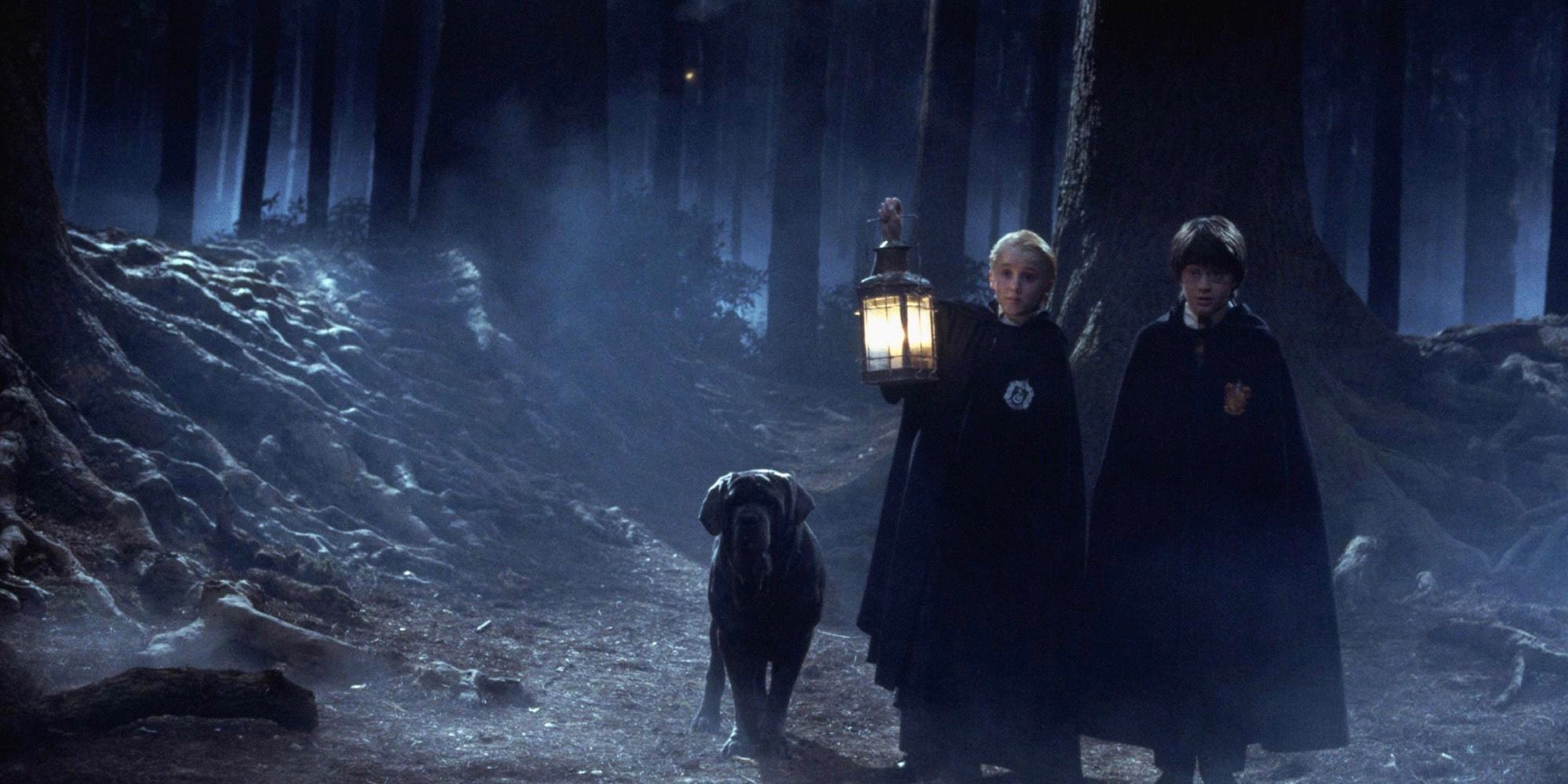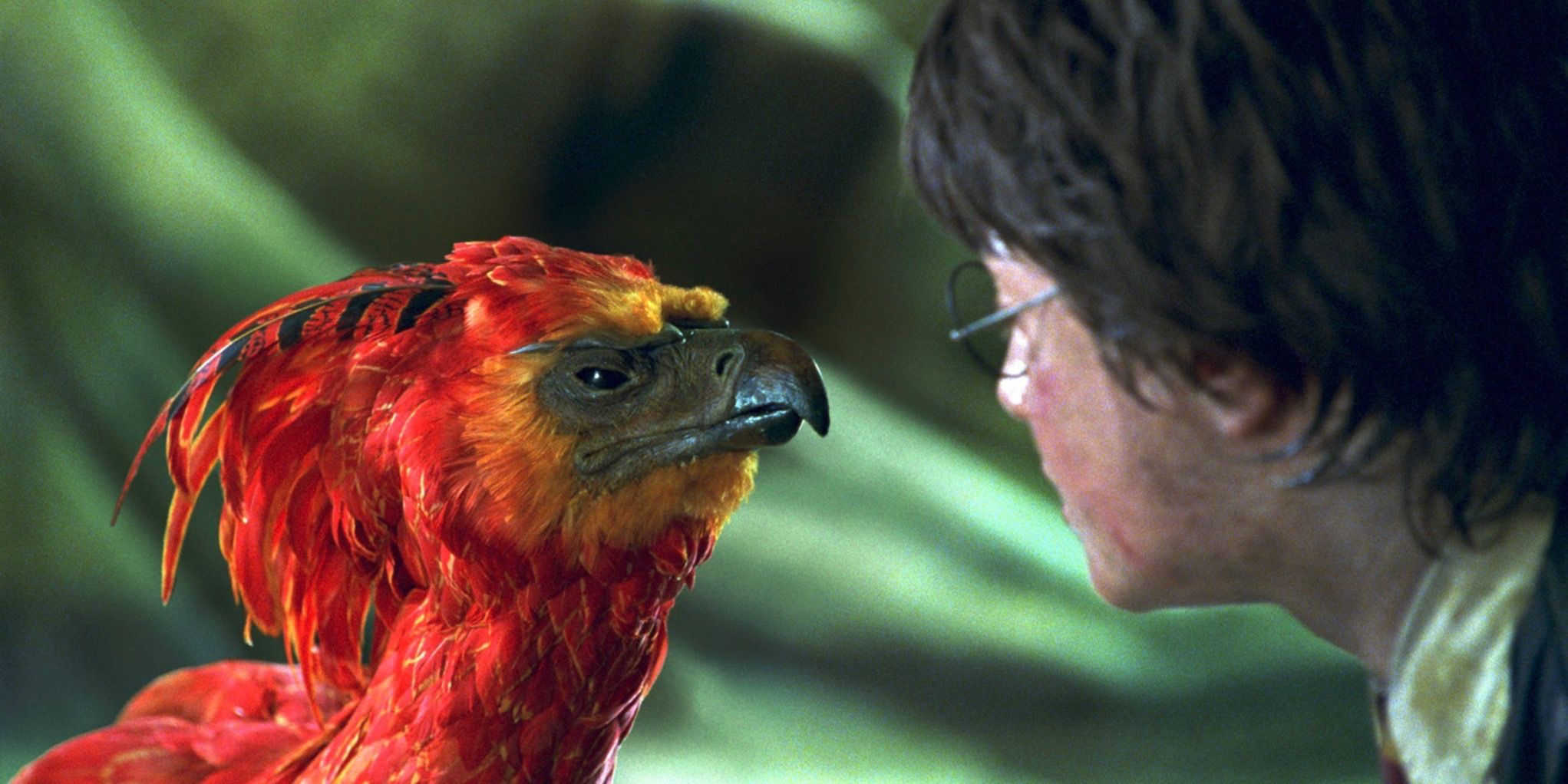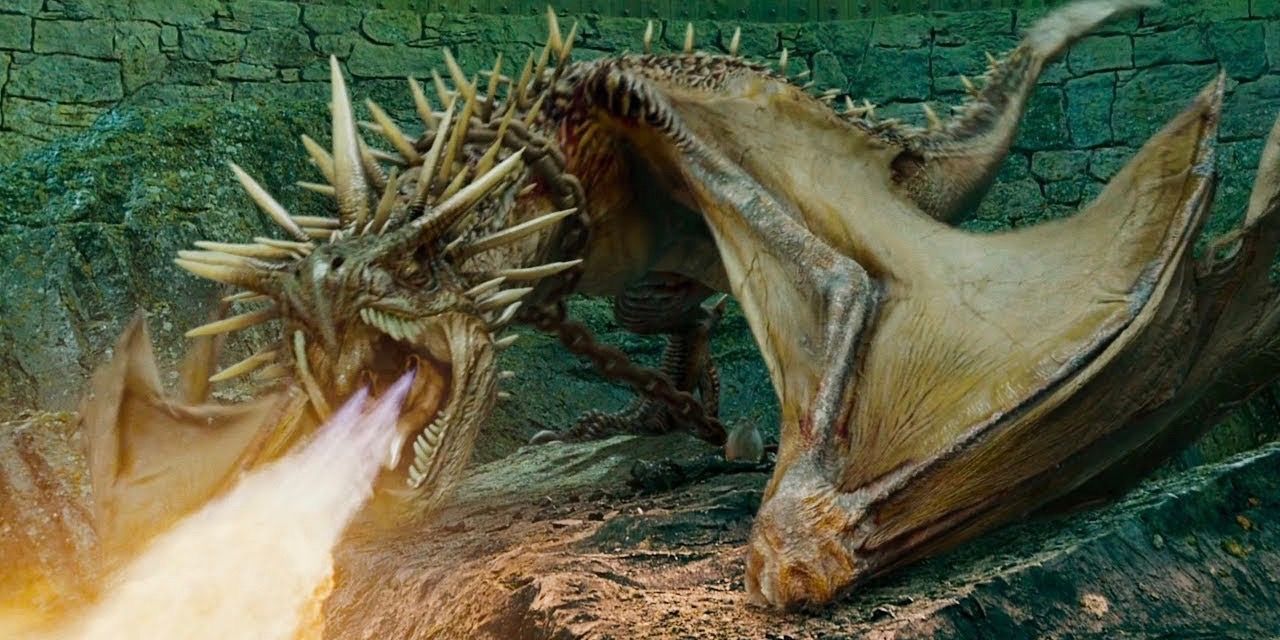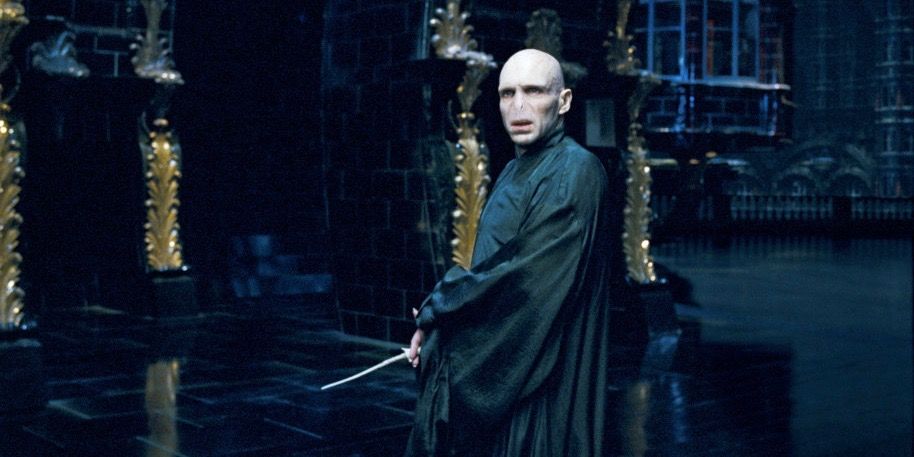When it comes right down to the one gift every Harry Potter fan would want from the Wizarding World the answer is usually (and should always be), a wand. Why? Because having a wand that worked would probably make it possible for a fan to acquire almost any other gift they desired from the Harry Potter universe. Let's also not forget the magic that comes with obtaining a wand.
"The wand chooses the wizard," after all, and how fantastic is that? It's not just a gift, it's a relationship. But, even as one would have little say in what kind of wand they would get, here are a few details about what different types of wands would mean for the magic of the user.
Core - Unicorn Hair is Consistent
Unicorn hair is known for producing the most consistent magic for its user. It's not likely to act out or cause random bursts of sparks or (as Mad Eye worries about) harm someone's buttock. Unicorn hair is thus very useful for wizards and witches who have less confidence than their fellows. This consistency also means that unicorn hair wands are the hardest to turn to use for the dark arts. Of the golden trio (Harry, Ron, and Hermione), it is Ron's wand that has unicorn hair at its center.
Wood - Not All Trees are Equal
When wands are being put together by the likes of Garrick Ollivander or Mykew Gregorovitch they cannot just pull a branch from any tree they pass to make a working wand for the wizarding community. Not all trees possess wood of wand quality, which is thus why only a few are used in wand making. Trees, very much like people, have to have a "gift for magic" just as witches and wizards do. A wand would not produce magic for a Muggle, and many trees will not help direct the magic of a wizard.
Core - Phoenix Feather has the Greatest Range
Many witches and wizards have specialties. Some are particularly good at charms, some at transfiguration, or herbology, or potions. If a witch or wizard is more likely to excel in multiple areas a phoenix feather core may be likely to choose them. Phoenix feather cores are known for producing the widest range of magic. They are also the opposite of unicorn hair. Where unicorn hair wands are trusted for their consistency, wands with phoenix feathers at their centers are the most likely to produce magic of their own accord.
Wood - Holly Depends on Its Core
The magic produced by many kinds of wood greatly depends on the core with which they are paired, that's part of what makes wand-making such a particular kind of art. Holly, the wood used in Harry Potter's own wand is known to be particularly variable depending on what core sits at its center. Holly, very much like Harry himself, is also known as a very rare wand wood. Not many eleven-year-old witches and wizards will walk into Ollivanders looking for their wand and depart with a Holly wand in their bag.
Core - Dragon Heartstring has the Greatest Power
Dragon heartstring cores are known for producing particularly powerful spells for their users. A wand is used to channel a wizard's magic, so all wands are powerful, but dragon heartstring cores certainly require a little less force from the wizard himself to produce large and explosive spells. They are also known for producing the showiest and most flamboyant spells. Hermione's wand has a dragon heartstring core.
The heartstring core is also best for fast learners, as dragon cores master spells faster than most of their brothers.
Wood - Vine Means It's Not All About Trees
In the Harry Potter novels and films, Hermione Granger possesses a vine wand with a dragon heartstring core. Finding a witch or wizard who has a wand made of vine is particularly rare. The successful use of vine, however, does prove that a tree is not a necessity in wand creation, only a woody stem is needed to place a core within. So, while not all trees are capable of magic, some other types of plants are. It takes a master wandmaker to identify such plants in the wild.
Core - Dragon Heartstring and the Dark Arts
For those who paid close attention while reading Harry Potter the fact that Harry Potter and Voldemort both have wands with a phoenix feather core (from the same bird, in fact, Dumbledore's own Fawkes). But to assume that this also means that many dark wizards have phoenix feather wands would be incorrect. Dragon heartstring is actually known to be the core easiest to turn to dark magic. Bellatrix Lestrange, Peter Pettigrew, and Dolores Umbridge are just a few examples of the villainous characters who possess dragon heartstring wands.
Wood - Willow is Good for Healers
Wands made out of willow wood are known to be particularly good for healing magic (no doubt many witches and wizards who work at St. Mungo's hospital have willow wands at their sides). Ron Weasley has a wand made of willow with unicorn hair at its center. Like the unicorn hair itself, willow is also known to be a helpful wand material for witches and wizards who may be more insecure about themselves of their magic.
Core - Phoenix Feather is Picky
Phoenix feather cores, like those withing Harry Potter and Voldemort's wands, is the rarest of all three of the cores used by Garrick Ollivander.
The wand chooses the wizard and, apparently, phoenix feathers choose fewer people. Their pickiness also makes them less likely to work successfully for new owners. Again, the wand chooses the wizard, magic will always be performed most successfully with a person's own wand.
Wood - Elder Wood is Unlucky
The Elder Wand of Deathly Hallows fame is named after the wood from which it was made. Elder wood, however, is known to be particularly unlucky. Despite the power, the Elder Wand is known to possess, it will also bring trouble to its owner (probably why it needs to be so powerful in the first place). Elder wood is also known to be particularly finicky to "unworthy" owners. It will not work correctly for just anyone (as Voldemort himself finds out).

